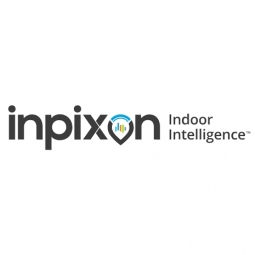Case Studies.
Add Case Study
Our Case Study database tracks 22,657 case studies in the global enterprise technology ecosystem.
Filters allow you to explore case studies quickly and efficiently.
Download Excel
Filters
-
(1)
- (1)
-
(1)
- (1)
- (1)
- (1)
- (2)
- (1)
- (1)
- (2)
- (2)
- (1)
- (1)
- (2)
- (2)
- (2)
Selected Filters

|
Driving Digital Transformation: How Desjardins leveraged indoor mapping and location technology to create a smart workplace
Desjardins’ Vice-Présidence Accès D (VPAD) team recognized the need for a digital transformation to attract employees, improve staff collaboration, and optimize day-to-day business operations. The organization was planning to move to a new office space, the Montreal Olympic Stadium tower, which would involve relocating approximately 1,200 employees and hiring hundreds of new staff. The new office space would span seven floors with no assigned seating, and the company wanted to create a smart and connected workplace that would cater to the needs of both call center staff and corporate staff. The VPAD team wanted to ensure that the employees were active participants in shaping the move and the creation of the company’s new employee app. They compiled a list of 55 app features that they thought would resonate with their employees and used focus groups to narrow this list down to the twelve features that would make up the new employee app.
|
|
|

|
Evolving Patient Experiences
Lee Health, a large hospital operator in Southwest Florida, had just completed construction of their new facility in a high socio-economic region. Due to changing government regulations, they were having to compete for market share where they had previously held a monopoly. They knew that being able to stand out from the competition from a patient experience perspective was a key component to their success. With a focus on IT as their differentiator, Lee Health set out on a journey to develop visitor-facing technology that would provide real value to their patients. The team had already developed a hospital mobile application that incorporated patient electronic health records (EHR) and were now ready to evolve it into a purpose-driven app that leveraged indoor mapping and positioning technology. Lee Health’s first attempt at implementing wayfinding was a crash course in location-aware technologies and challenges. After having struggled with attempting to build a solution inhouse, Lee Health came to the realization that in order to successfully implementing a real-time wayfinding solution they would require an experienced mapping and positioning partner.
|
|




